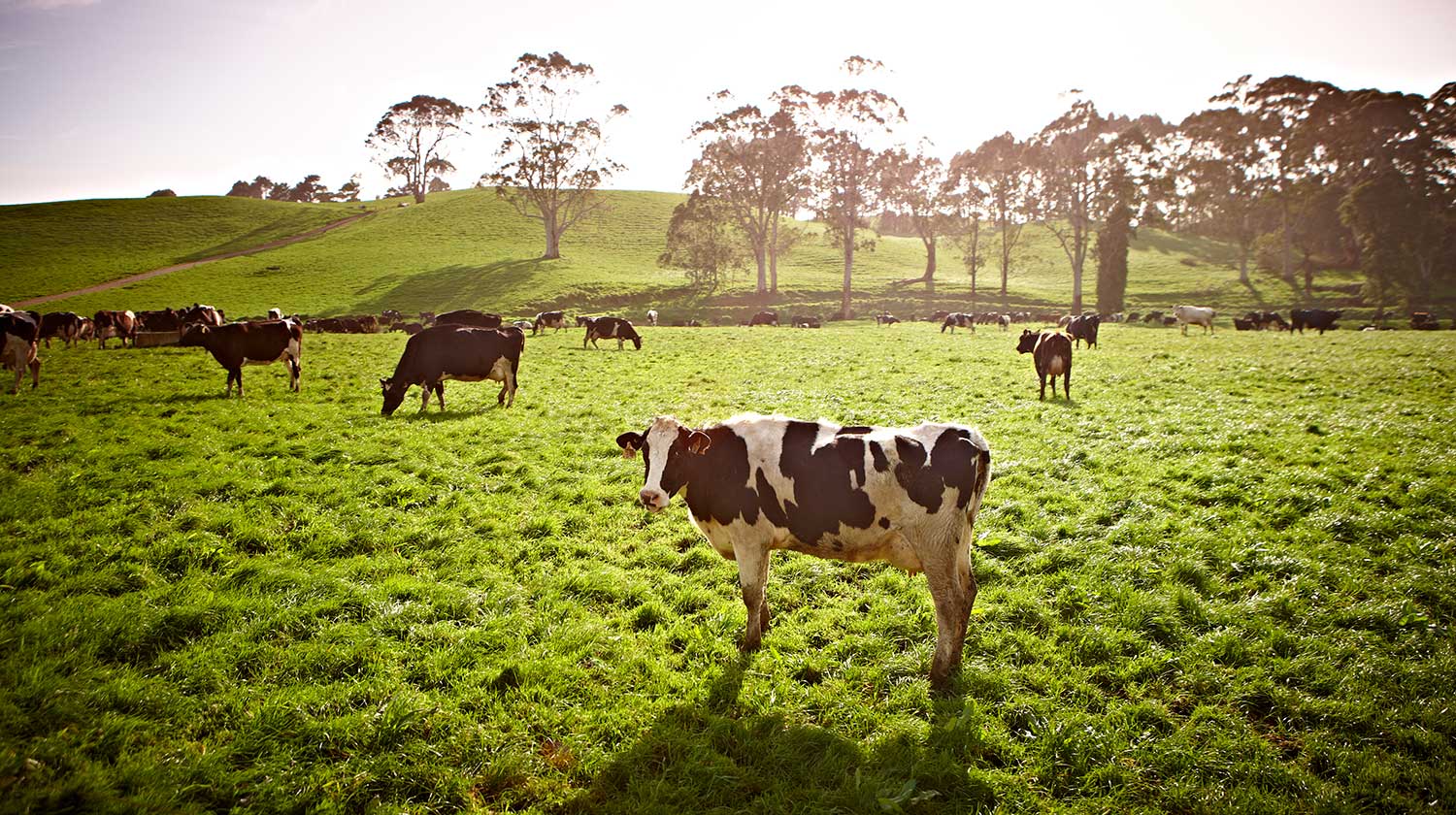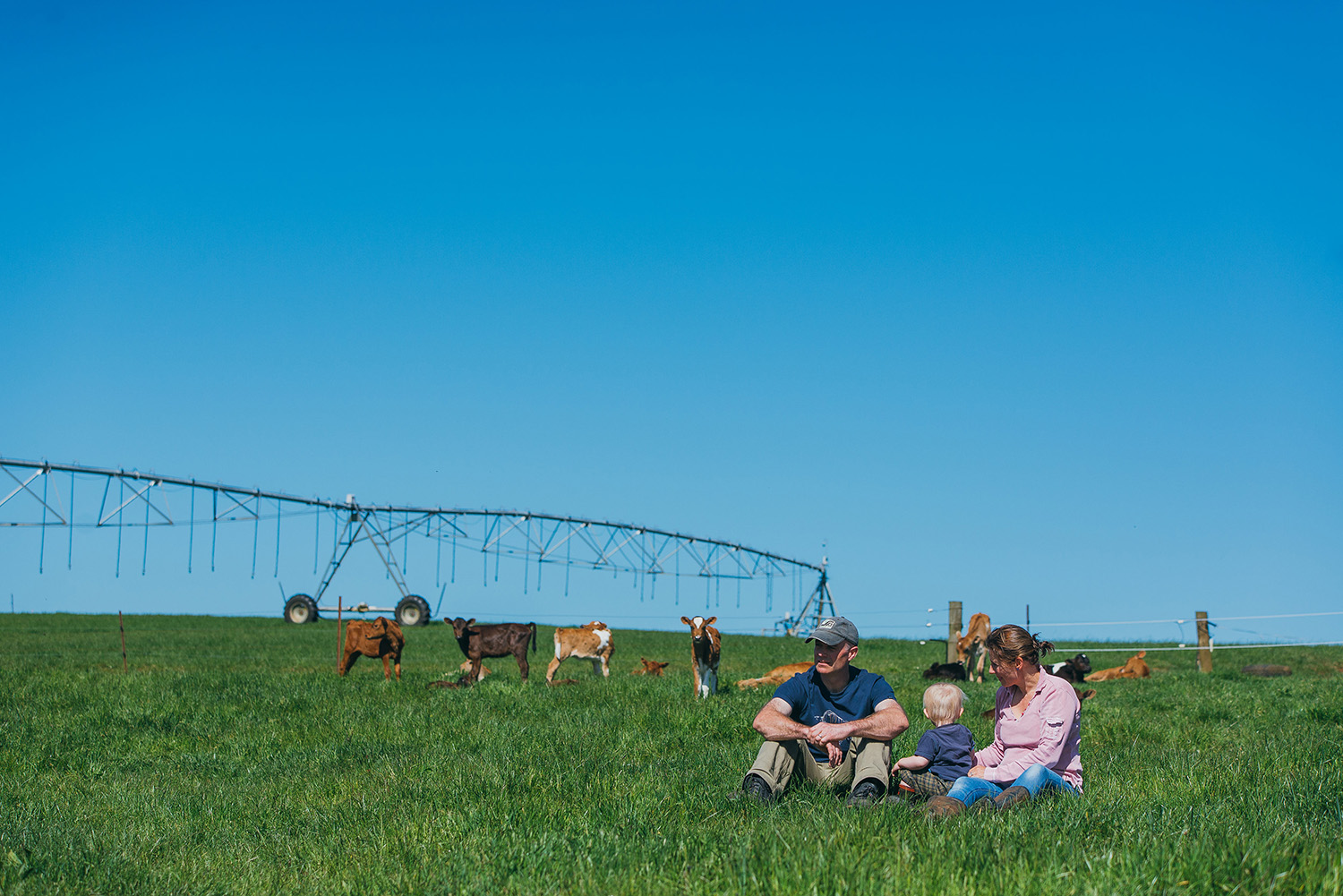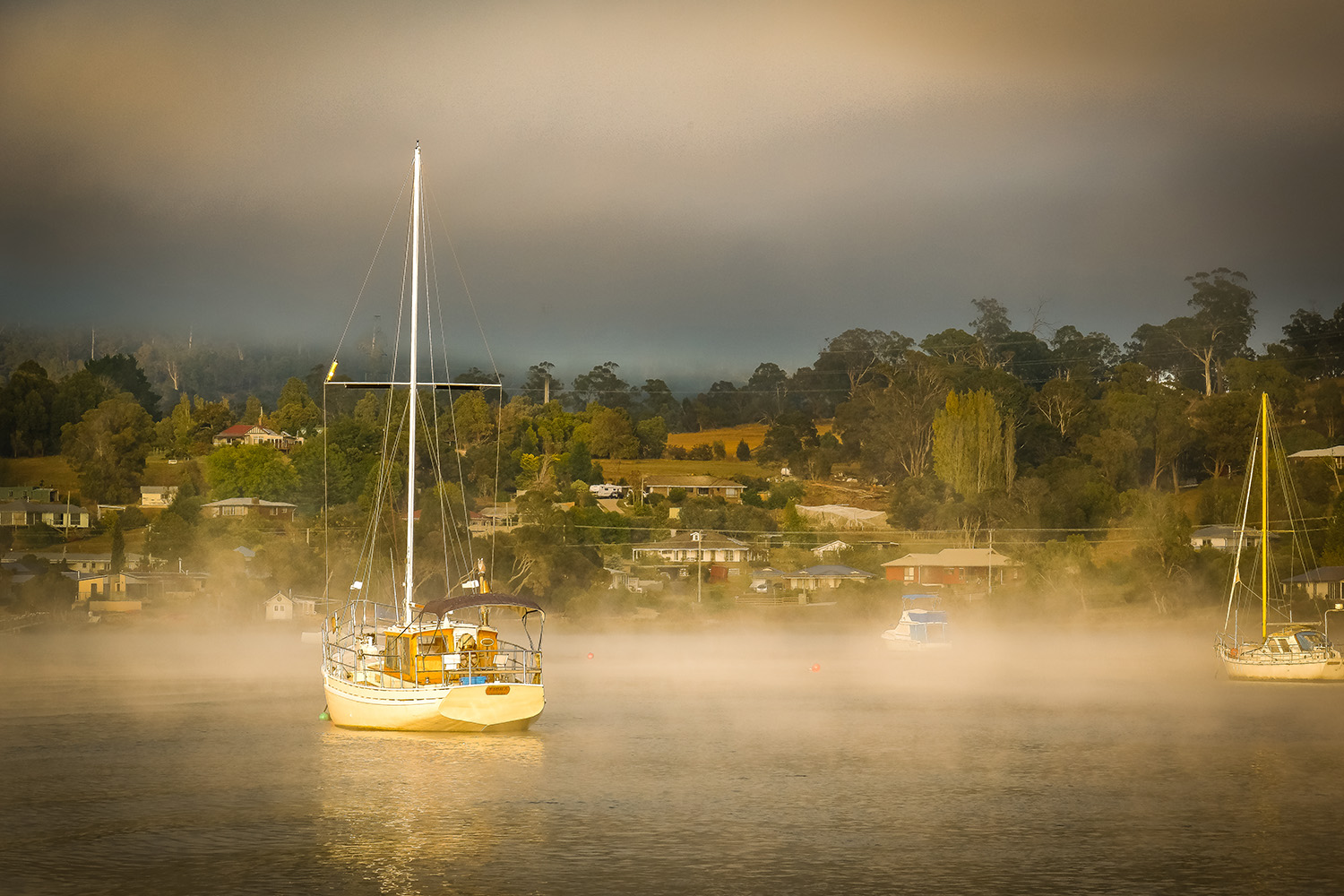Water quality improvements
In December 2015, the Tamar Estuary and Esk Rivers Program released the Water Quality Improvement Plan which outlines water quality issues throughout the kanamaluka/Tamar estuary and its catchment and identifies priority actions to address the issues. This plan is a long-term vision for water quality improvement in the catchment and estuary. It was developed over a three-year period with extensive community input and best available science and modelling.
Catchment sources are the main supply of pollutants to the kanamaluka/Tamar estuary. Close to 100 per cent of the total suspended sediment loads can be attributed to catchment sources. For nutrients, approximately 70 per cent of the total nitrogen and approximately 55 per cent of total phosphorus are attributed to catchment sources with the rest from wastewater treatment plants and aquaculture in the estuary.
Approximately 70 per cent of pathogens come from catchment sources, particularly from stock in grazing and dairy farming areas, with most of the remaining pathogens coming from Combined System Overflows (CSO) and Launceston’s stormwater system.



